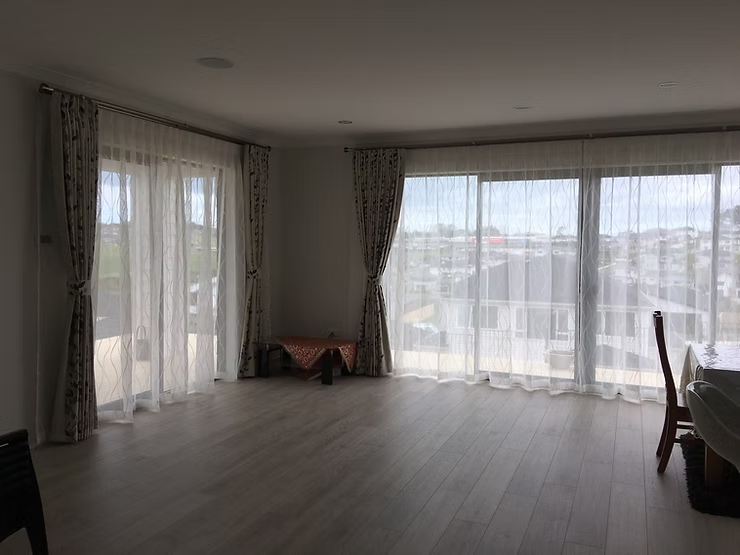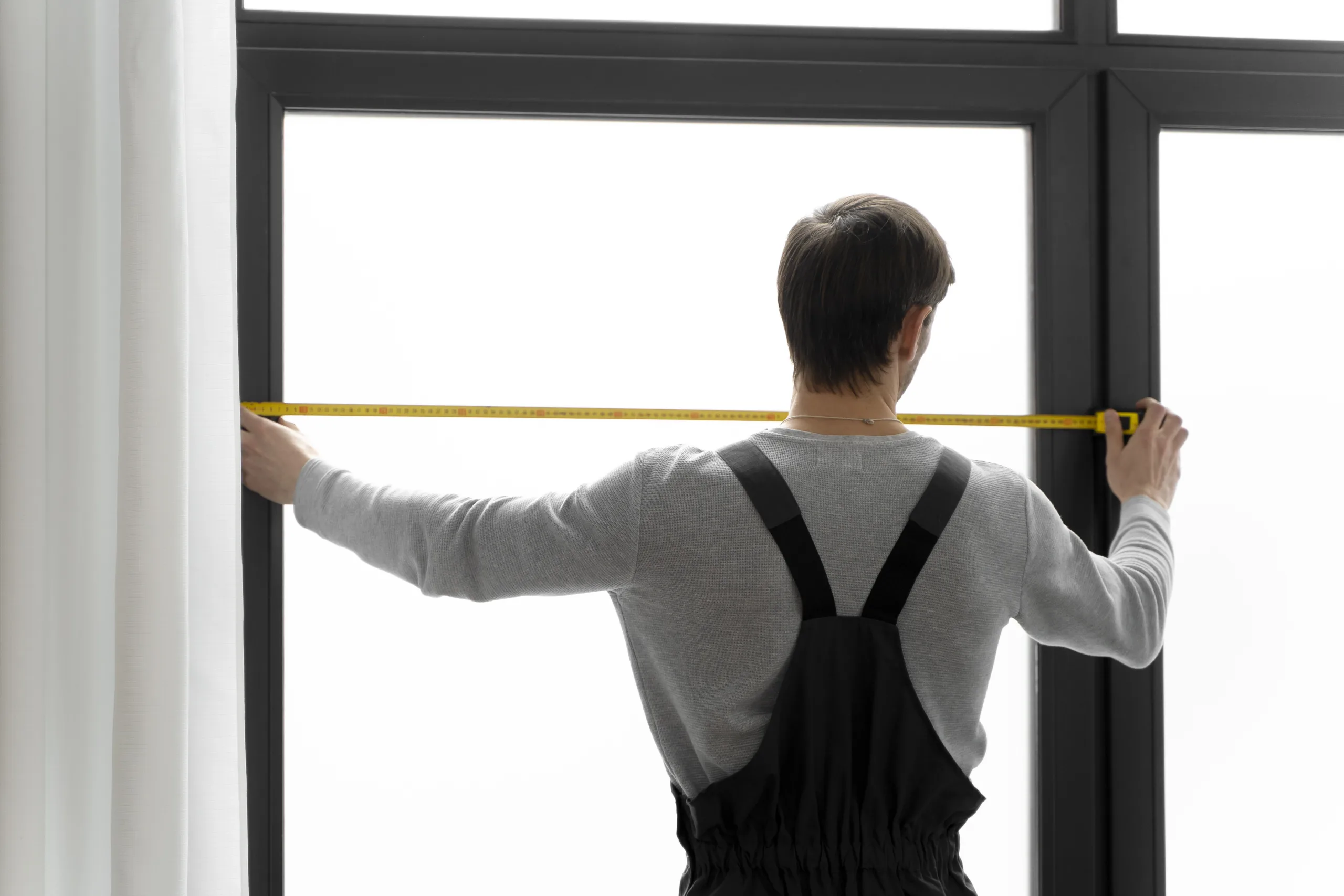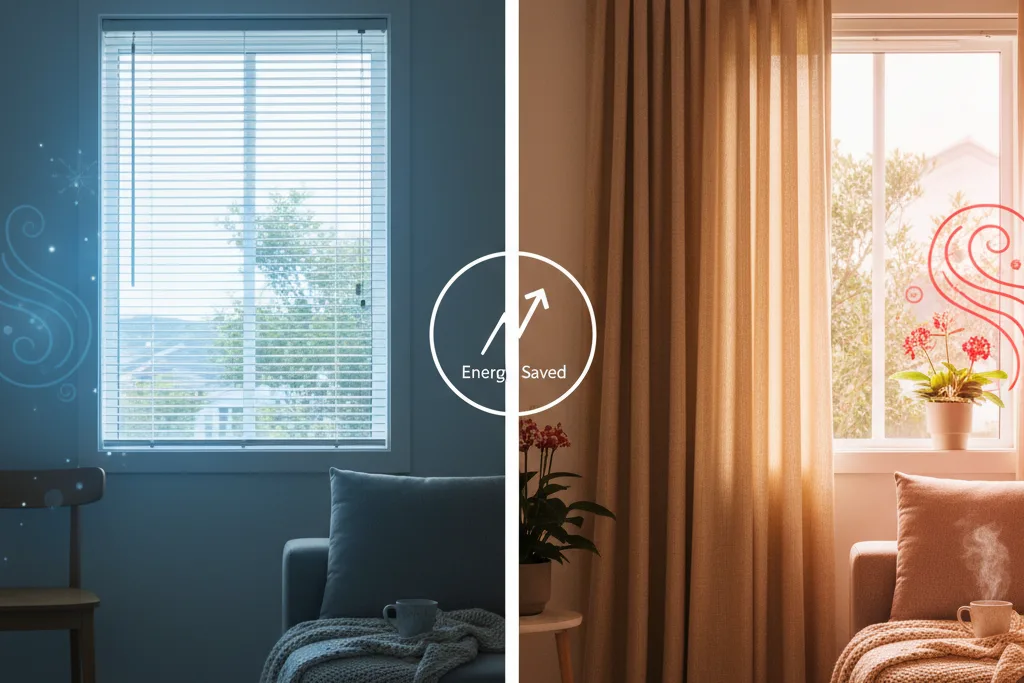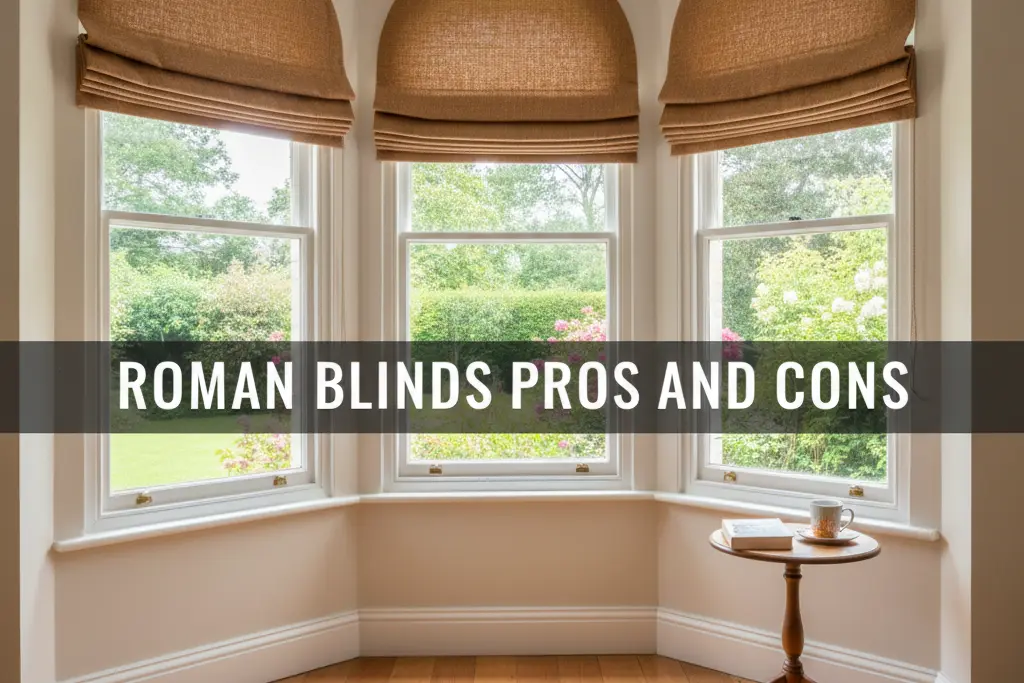Curtain holdbacks are often overlooked when it comes to home decor, but they are essential in enhancing the look and function of your curtains.
Whether you’re looking to add a touch of elegance or simply keep your curtains neatly in place, holdbacks are an important feature that can elevate your entire window treatment.
In this guide, we’ll explore everything you need to know to choose the perfect curtain holdbacks for your home.
Table of Contents
What are Curtain Holdbacks?
Curtain holdbacks are decorative or functional accessories used to pull curtains away from the window. They prevent the curtains from hanging over the window, which allows more light into the room and gives your space a tidier, more organised appearance. Holdbacks come in various styles and materials, making it easy to choose the right one for your specific needs and design preferences.
Why Choose Curtain Holdbacks?
There are a few key reasons why curtain holdbacks should be part of your window treatment strategy:
Practicality
Holdbacks keep your curtains neatly pulled back, preventing them from blocking light or obstructing the view. They also allow the fabric to dry more quickly when wet.
Aesthetic Appeal
Holdbacks enhance the appearance of your curtains and overall room decor. They come in many designs, from classic and ornate to sleek and minimalist.
Control
With the right holdbacks, you can control how much light and privacy your room receives. You can easily adjust the curtains to open wide or just let in a little bit of light, depending on your needs.
How to Choose the Right Curtain Holdbacks
Selecting the perfect curtain holdbacks involves several factors, from style to functionality. Let’s break down the process of selecting the perfect curtain holdbacks:
1. Consider the Style of Your Curtains
The first step in choosing curtain holdbacks is to consider the style of your curtains. The holdbacks should complement the overall design of the curtains, so think about the material, colour, and pattern of your drapes.
For example, if you have heavy, luxurious curtains, such as velvet or brocade, you might want to choose ornate, traditional holdbacks that can support the weight of the fabric. On the other hand, if your curtains are light and airy, such as sheer or linen, opt for simpler, more delicate holdbacks that don’t overwhelm the space.
2. Match Holdbacks to Your Room’s Decor
Your curtain holdbacks should match the overall decor of your room. If your space has a more classic, vintage feel, consider holdbacks made of brass, wrought iron, or wood. These materials exude warmth and elegance, making them perfect for traditional or rustic rooms.
For modern spaces, you might prefer minimalist, sleek holdbacks in metals like stainless steel, chrome, or matte black. These finishes give a contemporary look and pair well with clean, modern curtain styles.
If your room has an eclectic or bohemian vibe, you can play with colourful or textured materials like fabric tiebacks or artistic resin holdbacks.
3. Determine the Material of the Holdbacks
The material of your curtain holdbacks plays a huge role in both the style and the durability of the accessory. Let’s explore some common materials used for curtain holdbacks:
Metal Holdbacks
Metal holdbacks are durable and come in a variety of finishes, such as polished brass, satin nickel, or matte black. These are perfect for a contemporary or industrial look and can withstand heavy curtains.
Wood Holdbacks
Wooden holdbacks bring warmth and charm to a room. They are ideal for rustic, farmhouse, or traditional spaces. Wood is also a good option for heavier curtains, as it can support their weight.
Fabric Holdbacks
Fabric tiebacks are a softer, more relaxed option. Often made from the same fabric as your curtains, they create a seamless look that adds texture and flow. These are best for light to medium-weight curtains.
Resin or Acrylic Holdbacks
Resin and acrylic holdbacks are great for adding a unique, artistic touch to your decor. Available in various shapes, colours, and designs, these are often used in contemporary or eclectic settings.
4. Think About the Size and Weight of Your Curtains
The size and weight of your curtains are crucial factors in choosing holdbacks. Heavier curtains require more robust holdbacks that can support the weight and keep them in place without bending or breaking. For heavy fabrics, go for metal or wooden holdbacks that provide strength and stability.
For lighter curtains, you can opt for smaller or more decorative holdbacks made of lighter materials like fabric or resin. These will still hold the curtains back effectively without being too bulky or overpowering.
5. Decide Between Decorative or Functional Holdbacks
Some curtain holdbacks are purely functional, designed to keep your curtains in place and pull them back with no additional flair. Others, however, serve a dual purpose, adding decorative elements to your space.
Decorative holdbacks often feature intricate designs, such as swirls, magnolia holdbacks, or hollow disc holdbacks, and are perfect for traditional or formal settings. If you’re looking for something more understated, functional holdbacks in simple shapes, like scroll holdback or basket holdback, may be better suited for a minimalist room.
6. Consider Ease of Installation
The ease of installation is another important factor to consider. Most curtain holdbacks are designed to be attached to the wall with screws, but the installation process can vary depending on the type and design of the holdbacks.
If you’re renting or want to avoid drilling holes, magnetic holdbacks offer a hassle-free way to style your curtains. Their strong magnetic design ensures a secure hold without the need for any tools or permanent wall fixtures.
Alternatively, fabric tiebacks are incredibly easy to install, requiring only a hook or loop to hang them over the curtain.
How to Install Curtain Holdbacks
Installing curtain holdbacks is relatively simple, and the process can be done with basic tools.
Here’s a step-by-step guide:
Mark the Placement
Start by measuring where you want your holdbacks to go. A good rule of thumb is to place them 3-6 inches away from the window frame at a height that complements the length of the curtains.
Drill Holes
Use a drill to create pilot holes for the screws, making sure they align with the markings.
Attach the Holdbacks
Secure the holdbacks in place with screws or nails. Ensure they are tight and in place to prevent any movement.
Adjust Your Curtains
Once the holdbacks are in place, adjust your curtains so they are neatly pulled back and draped over the holdbacks.
Your Go-To for Premium Curtain Holdbacks
Gorgeous Curtains specialises in helping you choose the perfect curtains and holdbacks that suit your style and needs. From selecting the right materials to professional installation services, we ensure that your window treatments enhance your home.
Contact us today for expert advice and seamless service — we’re here to help you create your ideal living space!




